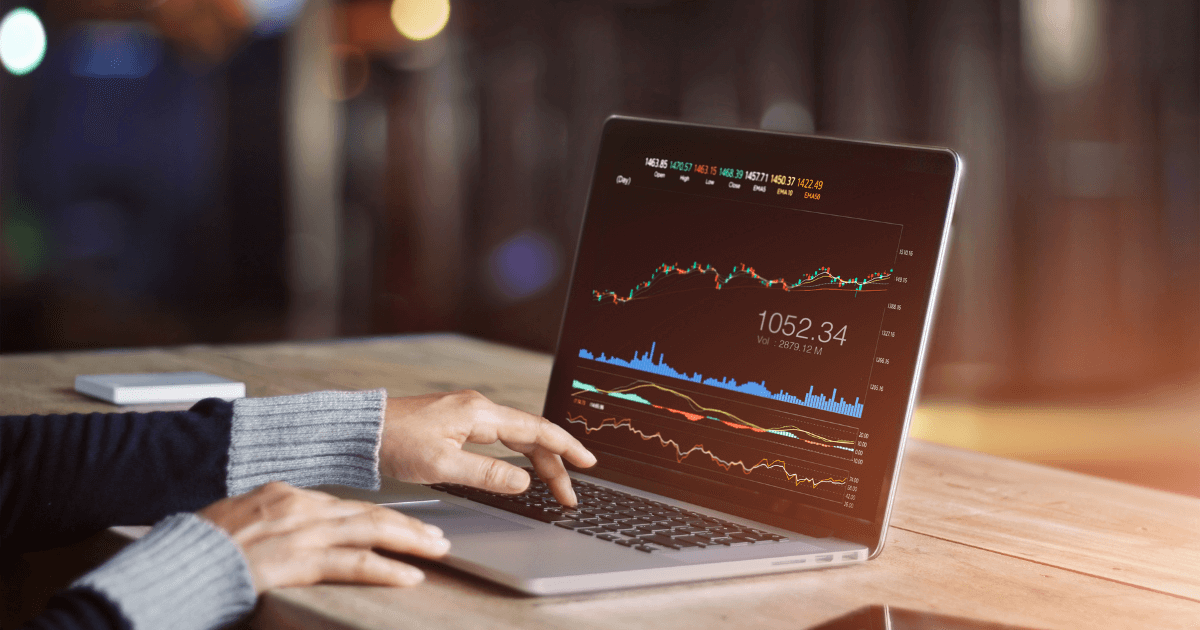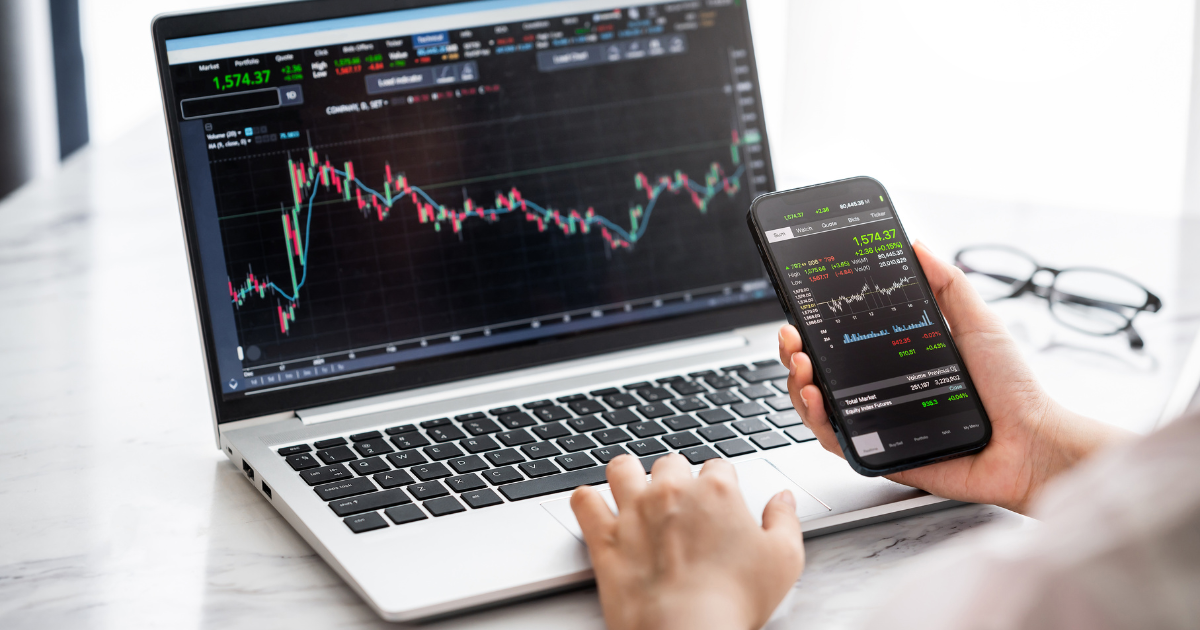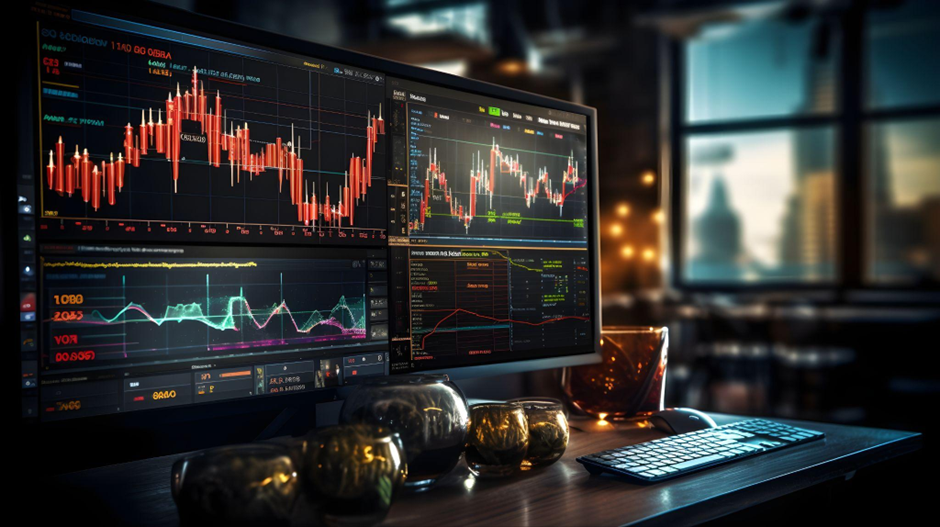Have you ever played Minesweeper? It’s a video game from the 90s whose purpose is to clear a minefield (by clicking on the squares) without triggering the mines. If you click on a small square under which a bomb is hidden, the game ends and the player loses the game.
Sometimes trading is a bit like playing Minesweeper: having only a limited amount of information, a trader must be able to make the correct choices, avoiding the “mines” that could cause him to lose the game.
This uncertainty is an integral part of trading. There are no crystal balls that enable you to see into the future and know the outcome of your trading decisions.
However, there are some tools that, when used correctly, can make certain parts of your business easier. Among them are the so-called trading signals.
In this article, we will see what trading signals are, how to use them, and how effective they are.
What Are Trading Signals?
A trading signal is a signal generated through an analytical process that, upon the occurrence of certain conditions, notifies the trader about a possible advantage in selling or buying a particular financial instrument. This analytic process can be performed by a person or by a mathematical algorithm.
Trading signals are tools that let us buy or sell specific stocks and amounts in order to allocate our capital.
The two main pieces of information communicated by a trading signal are the market to invest in (AAPL or AMZN) and the number of shares (or contracts as the case may be) to buy or sell at a given moment.
Put simply, trading signals tell the trader about potential opportunities with respect to certain financial instruments.
That said, before learning how to integrate these tools into your trading, it is good to point out that signals do not represent the magic solution to every problem.
As with indicators, tools should never replace study and the deep knowledge of one’s profession. Blindly relying on trading signals hoping that they will lead us to success is unwise, as these signals can be inaccurate or even misleading in some cases.
What Is a Signals Service?
The services that send these signals are called signal services. As already mentioned, subscribers may receive direct communications from real people who are experts in the field or from software that sends signals automatically when specific conditions occur.
These communications can come in the form of emails or notifications of various kinds, and once the signal is obtained, the trader can follow the instructions given for buying or selling, sending their orders to the broker.
This service can be provided for a fee by brokers and independent professionals, or even free of charge, for example as an additional bonus given by brokers to those who create an account on their platform.
How to Choose Your Signal Service and Avoid Scams
As with the choice of the broker or of the cryptocurrency exchange, you need to pay close attention when you choose a signal service.
On the internet, you can find dozens of offers for signals of all kinds, and as mentioned, some of these services can even be free. In addition, you also need to pay attention to those who pretend to be super experts and sell their services at a high price, with no actual results to back up their claims.
In this video, Andrea Unger explains how to choose the right signal service for you.
As shown in the video, there are four main elements to evaluate the validity of a signal service.
#1 The Seriousness of the Supplier
Success is never guaranteed with any signal service, as trades could go wrong for a thousand reasons. So by seriousness, we don’t mean someone who guarantees 100% good results. We mean someone who is reliable, prepared, and transparent.
#2 The Type of Service Offered
This is a subjective criteria. For example, if you have a job that keeps you completely busy during the day and does not allow you to get in front of a screen to send orders to your broker, certain services are not for you.
Before choosing your signal service, you must understand how the signals are sent, how often, at what times, what type of markets they cover, etc. This will allow you to understand if you will actually have the opportunity to benefit from this service in everyday life.
#3 The Equity Line
One of the alarm bells that may indicate an unreliable service is the promise of a regular or even perfect equity line. In most cases, a perfect curve is an ideal situation that probably does not reflect reality and is used only to make the proposed service more attractive.
#4 The Average Trade
Finally, to evaluate a signal service it is very important to check the average trade, that is, the average profit per trade. As explained in the video, this piece of information is very useful to understand if it is worth using the service.
Conclusions
Before saying goodbye, one last warning. Signals are sometimes used by traders who claim that they don’t have enough time to trade and that, as a consequence, have to rely on tools that do a part of the job for them.
But as we have seen, signals are not an effective shortcut, and they do not replace study and practice. They are just tools that can prove useful if used correctly, especially by a knowledgeable trader.










